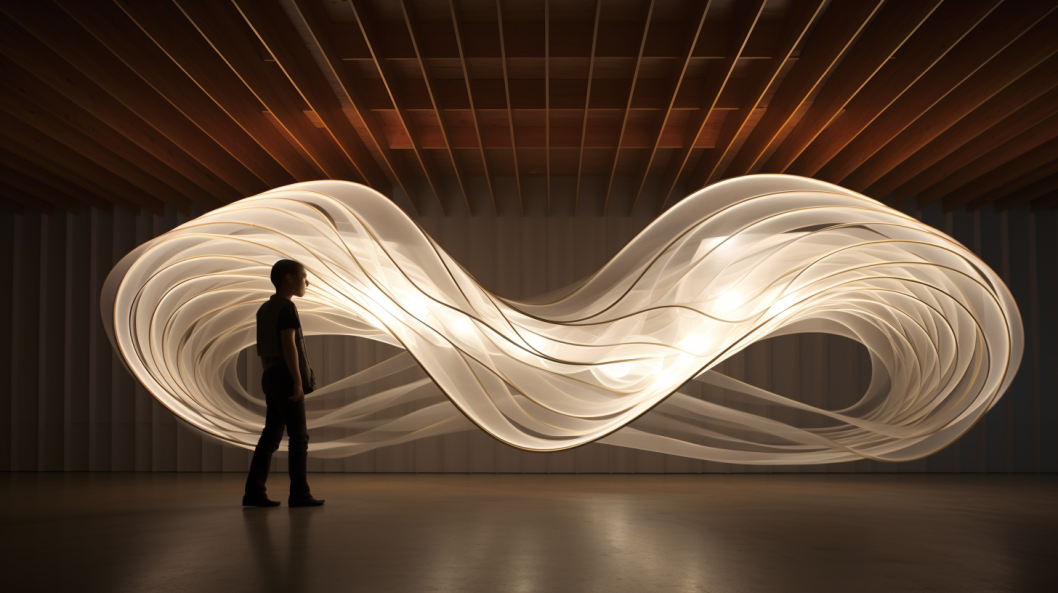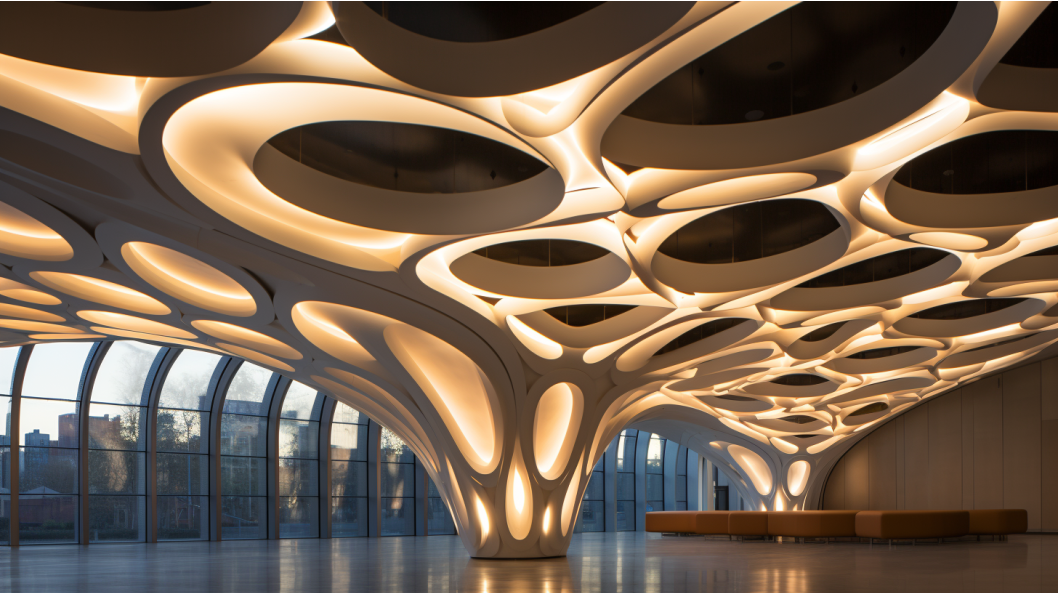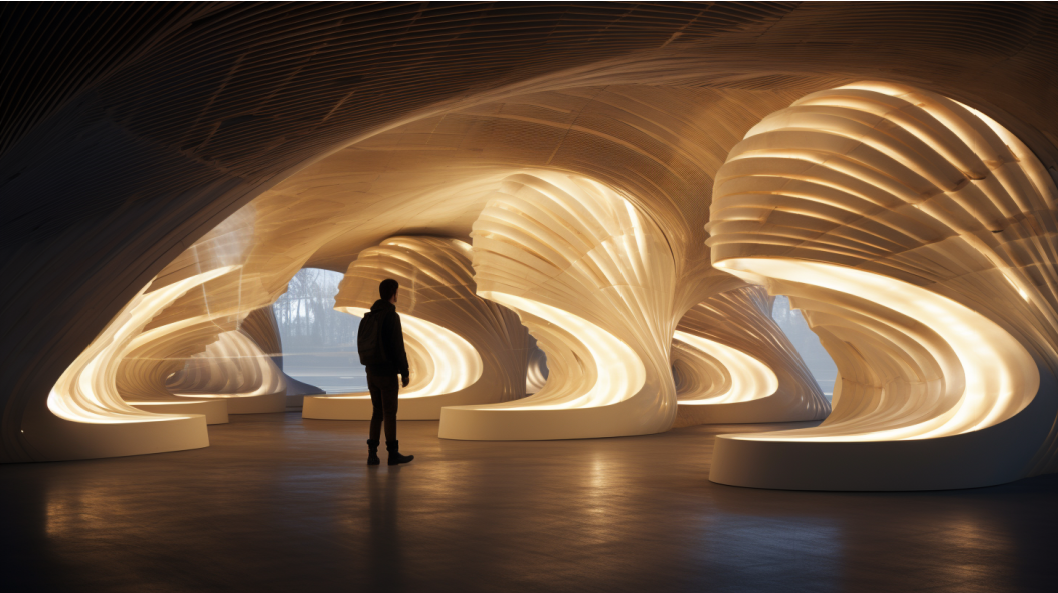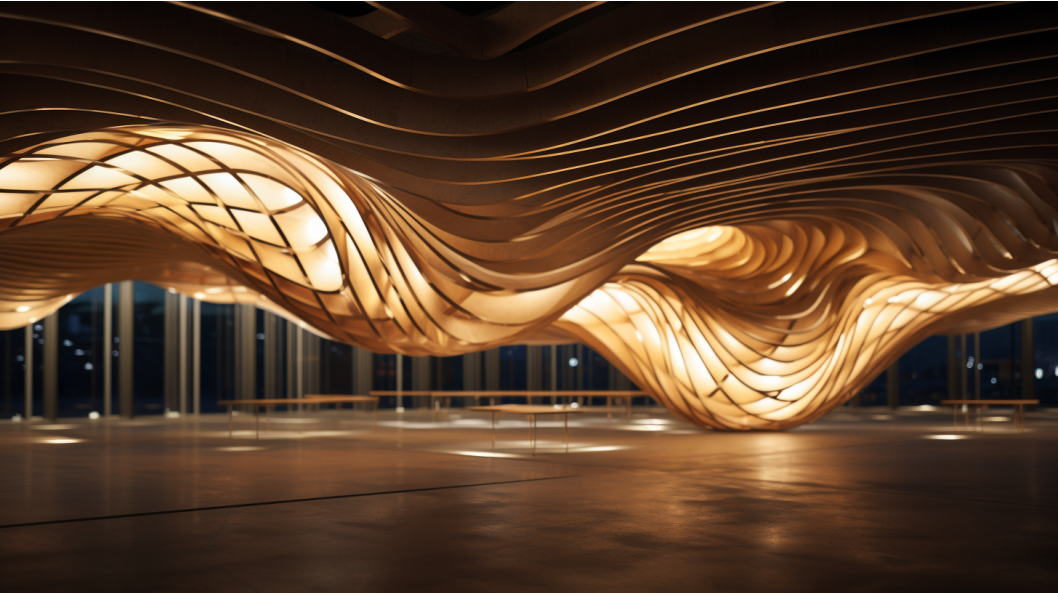A fleeting shadow, a whisper of a reflection, and a subtle dance of illumination: light plays a pivotal role not merely in visibility, but in sculpting our spatial perceptions, affecting our mood, and guiding our movements. The interplay of light, governed by sophisticated design principles, is not merely a matter of aesthetic preference but a tool, steeped in pragmatic and functional potency. Parametric design, with its basis in algorithmic thinking and computational geometry, emerges as a promising avenue to harness, manipulate, and innovate within the realm of lighting solutions.

The Essence of Parametric Design
Parametric design resides at the intersection of mathematics, architecture, and computer science, unlocking boundless potentials that extend well beyond traditional design capabilities. It enables designers to manipulate and specify physical geometry through algorithmic logic and mathematical parameters. This computational methodology is not static but vibrant, adaptive, and responsive to changes, driving a design evolution that can be harmoniously tuned to an extensive array of variables – including light.
The Symbiotic Relationship Between Light and Space
Lighting is not a mere functional element but a layer that interacts dynamically with space, people, and objects, crafting experiences and shaping perceptions. When light intertwines with space, it creates shadows, highlights, and a spectrum of aesthetic and emotional experiences. By employing parametric design, lighting solutions can be optimally crafted, providing precise control over intensity, direction, and quality of light in response to spatial dimensions, materials, and occupation patterns. This symbiotic relationship evolves from static to dynamic, where both light and space adapt in a mutually enriching dialogue.

Innovative Applications and Solutions
In a world increasingly conscious of energy efficiency and sustainable practices, parametric design has facilitated the creation of adaptive, responsive lighting environments that optimize energy consumption and enhance user experience. For instance, lighting systems can be designed to adaptively respond to natural light conditions, changing spatial usage, or even psychological and physiological needs, thus ensuring optimal illumination levels while minimizing energy use.
Moreover, parametric design has enabled the creation of aesthetically mesmerizing lighting fixtures and installations. Designers can explore complex geometries and forms, playing with light and shadow in novel ways, creating not just illumination but interactive light art, transforming ordinary spaces into extraordinary experiences.
Challenges and Future Trajectories
While the amalgamation of parametric design and lighting solutions offers a spectrum of possibilities, it’s crucial to navigate through inherent challenges. The complexity of algorithms, necessity for interdisciplinary knowledge, and computational demands may pose barriers. Furthermore, the integration of sensors, actuators, and intelligent systems within lighting design to realize the full potential of adaptive, responsive environments involves navigating through technological, economic, and practical constraints.

Despite these challenges, the future trajectory of integrating parametric design in lighting solutions is luminous. Advances in Artificial Intelligence (AI), machine learning, and Internet of Things (IoT) devices will likely facilitate smarter, more intuitive lighting systems that could predict, learn, and adapt to user behaviors and preferences, carving a pathway toward a future where our environments, particularly our lighting, become seamlessly intertwined with our everyday experiences.
The interplay of light through parametric design portends a future where the physical and digital, tangible and intangible, visible and invisible interweave, crafting environments that are not only visually captivating but also intuitively in sync with human needs and sustainable imperatives. By moving beyond mere functionality towards immersive, adaptive, and efficient lighting solutions, parametric design stands poised to illuminate our spaces and experiences with unprecedented innovation and elegance. This synergy of light and parametric design therefore doesn’t just brighten our physical world, but also lights a beacon toward an innovative, sustainable, and experientially rich future.
Note: This article provides a high-level perspective and serves as a starting point for more detailed exploration into specific technologies, design strategies, and case studies related to parametric design and lighting. It is essential to delve deeper into each area to explore and understand the intricate details and comprehensive applications within specific contexts.

Welcome to planksip® – your go-to media outlet for top-notch content creation. Get content like this for just $200 per week!
